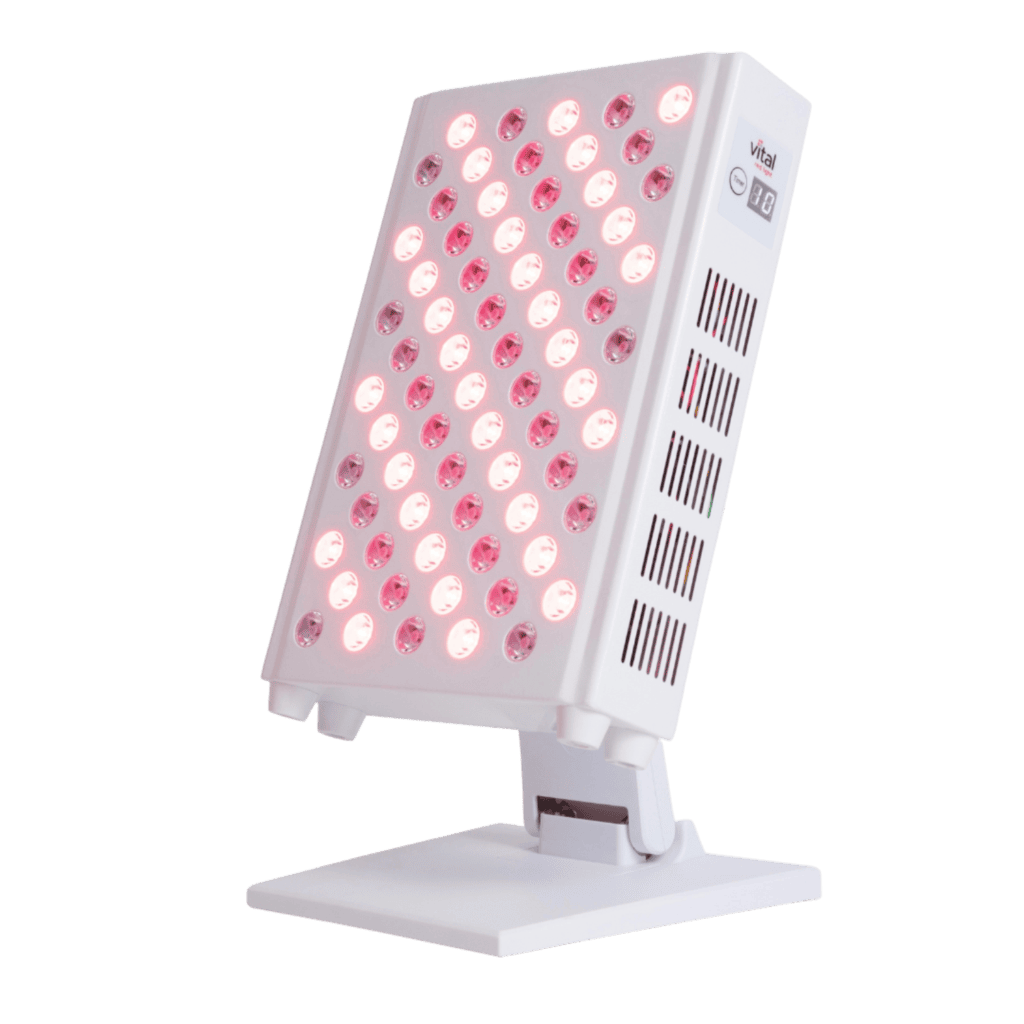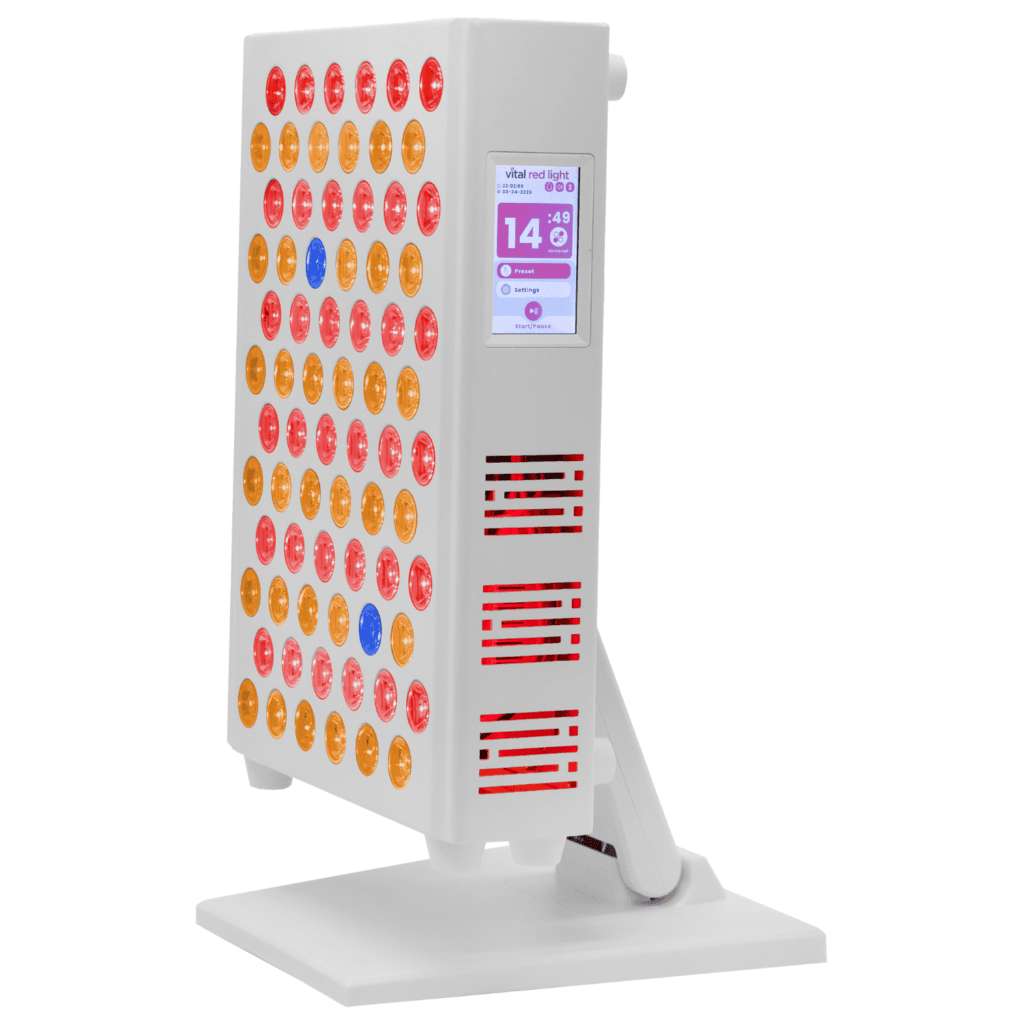
Neuroprotection refers to strategies and mechanisms that safeguard the nervous system from injury and degeneration. This is particularly crucial for individuals suffering from neurological disorders such as Alzheimer’s disease, Parkinson’s disease, multiple sclerosis (MS), and amyotrophic lateral sclerosis (ALS). While current neuroprotective treatments cannot reverse existing damage, they play a role in slowing down disease progression and preventing further nerve cell loss. Researchers are actively exploring new therapies, ranging from pharmacological agents to gene and stem cell therapies, with the goal of improving patient outcomes.
Causes of Neuron Damage
Neuron damage in neurodegenerative diseases often follows similar pathological processes. Several key factors contribute to this damage:
- Oxidative Stress: Free radicals, unstable molecules generated by normal metabolic processes, can damage cells if not effectively neutralized. The brain’s high oxygen consumption makes it particularly vulnerable to oxidative stress, which has been linked to Alzheimer’s disease and other neurological disorders.
- Mitochondrial Dysfunction: Mitochondria generate energy for cells, and their impairment has been associated with conditions such as ALS, Alzheimer’s, and MS.
- Excitotoxicity: Overactivation of nerve cells due to excessive levels of glutamate, a key neurotransmitter, can lead to cell death. This process is particularly relevant in stroke-related brain damage.
- Neuroinflammation: The immune system’s response to injury or infection in the central nervous system (CNS) can result in prolonged inflammation, contributing to neuronal loss in diseases such as Alzheimer’s and Parkinson’s.
- Iron Accumulation: Excess iron in the brain has been implicated in neurodegeneration, possibly by promoting oxidative stress and excitotoxicity.
- Protein Misfolding: In diseases like Alzheimer’s and Parkinson’s, abnormal protein buildup can interfere with normal cellular functions, leading to cell death.
Types of Neuroprotection
Neuroprotective agents are designed to prevent neuronal breakdown and counteract neurodegenerative mechanisms. Various classes of neuroprotective treatments are under investigation:
1. Free Radical Trapping Agents (Antioxidants)
- These compounds neutralize free radicals, reducing oxidative damage. Natural antioxidants, such as vitamin E, have been studied for their potential role in slowing disease progression, although results remain inconsistent.
2. Anti-Excitotoxic Agents
- Medications like amantadine, used in Parkinson’s disease, help regulate glutamate activity, preventing nerve overstimulation and damage.
3. Apoptosis Inhibitors
- Since programmed cell death (apoptosis) contributes to neuron loss, inhibiting this process could help prolong cell survival. Research in cancer therapies is exploring the potential for similar applications in neurodegeneration.
4. Anti-Inflammatory Agents
- Chronic inflammation is a major factor in neurodegenerative diseases. Nonsteroidal anti-inflammatory drugs (NSAIDs), including aspirin, have been studied for their potential to reduce the risk of Alzheimer’s, particularly in individuals with type 2 diabetes.
5. Neurotrophic Factors
- These biomolecules promote neuron growth and survival. Scientists are exploring ways to deliver neurotrophic factors effectively to damaged brain regions.
6. Iron Chelators
- Removing excess iron from the brain may mitigate neurodegeneration. Experimental treatments have shown promise in animal models but require further study in humans.
7. Gene Therapy
- Gene therapy aims to replace defective genes responsible for neurological diseases. While still in early stages, it has the potential to address the root causes of certain disorders.
8. Stem Cell Therapy
- Stem cells have the ability to regenerate damaged tissues. Studies have suggested that stem cell transplants from bone marrow could aid in repairing MS-related neural damage.
Emerging Research and Challenges
Recent studies have highlighted novel therapeutic approaches, such as:
- Melatonin’s Neuroprotective Role: Research suggests that melatonin, known for regulating sleep, also possesses anti-inflammatory and neuroprotective properties, particularly in Parkinson’s disease.
- 17β-Estradiol (E2) and Neuroinflammation: This hormone has been found to suppress neuroinflammatory responses, indicating potential benefits in stroke and neurodegenerative conditions.
- Natural Products for Brain Health: Compounds derived from natural sources, such as propolis and Eleutherococcus species, have shown antioxidant and cognitive-enhancing properties, making them potential candidates for neurodegenerative treatments.
Despite these advances, challenges remain. Many treatments that show promise in animal models fail in human clinical trials due to differences in physiology and disease progression. Moreover, the complexity of neurodegenerative diseases means that a single-target therapy may not be sufficient. Future research must focus on developing multi-target strategies that combine antioxidants, anti-inflammatory agents, and neurotrophic factors to provide more comprehensive neuroprotection.
Conclusion
Neurodegenerative diseases continue to pose significant challenges, affecting millions worldwide. While current treatments focus primarily on symptom management, ongoing research offers hope for more effective neuroprotective strategies. Advances in antioxidants, anti-inflammatory treatments, gene therapy, and stem cell research may eventually lead to therapies that not only slow disease progression but also restore lost neuronal function. Although a definitive cure remains elusive, the progress in neuroprotection research suggests a promising future for individuals affected by these debilitating conditions.




















